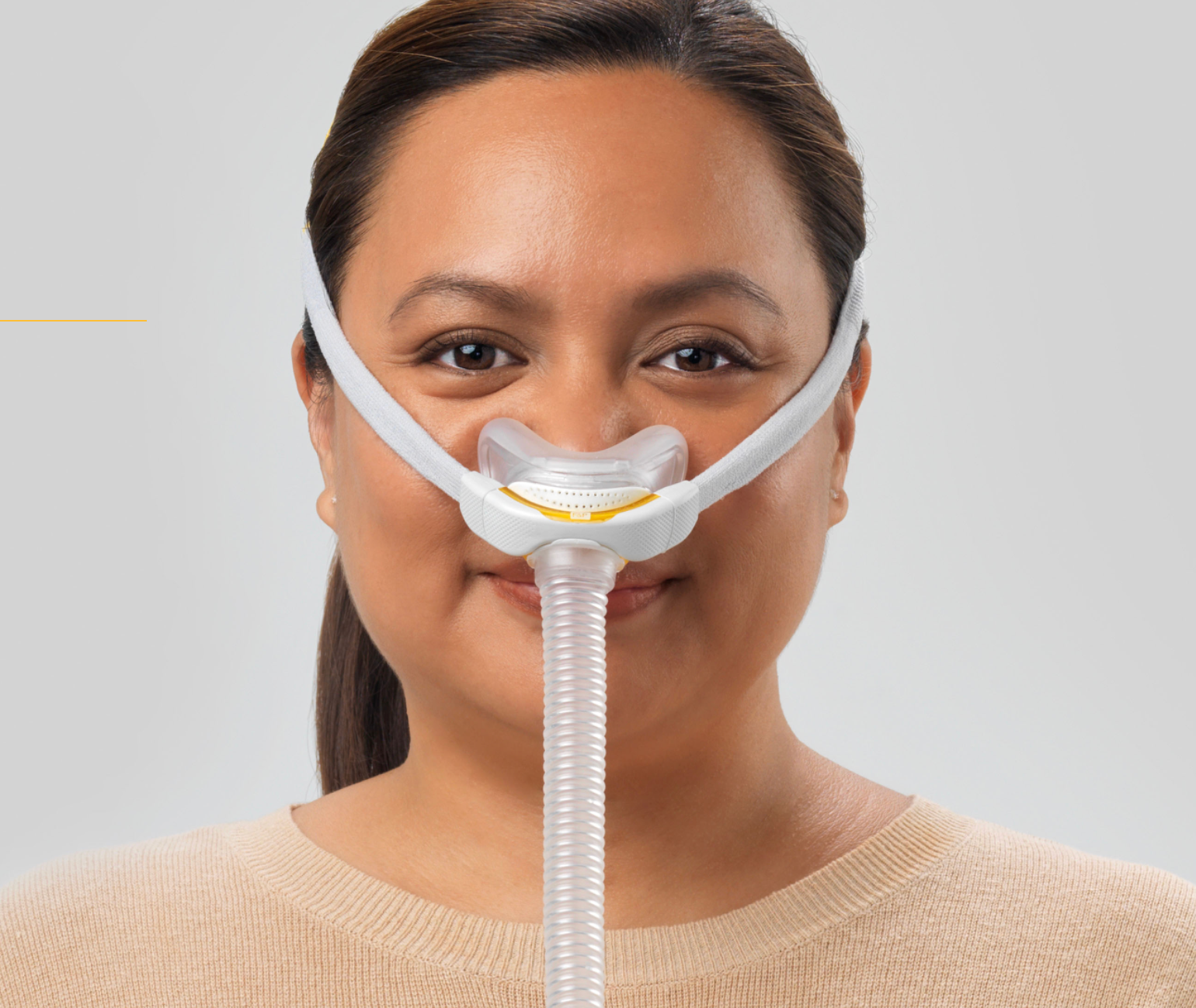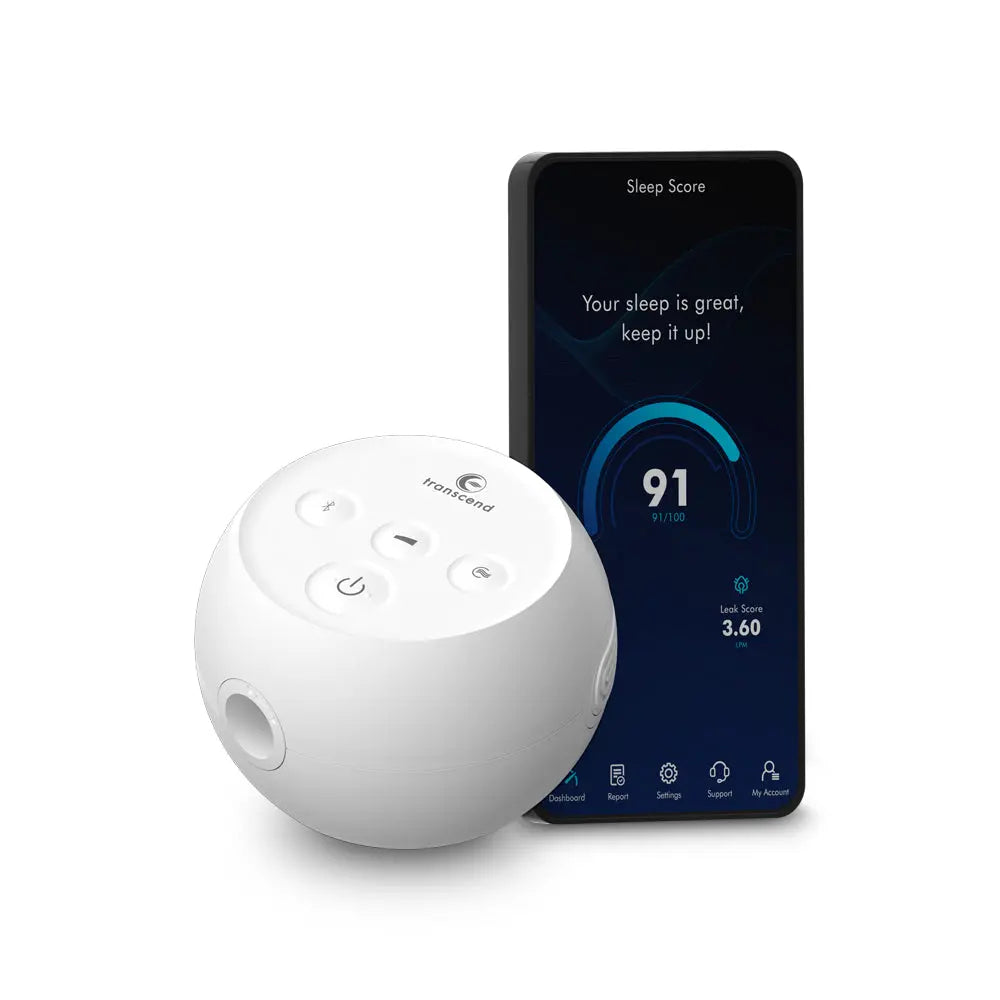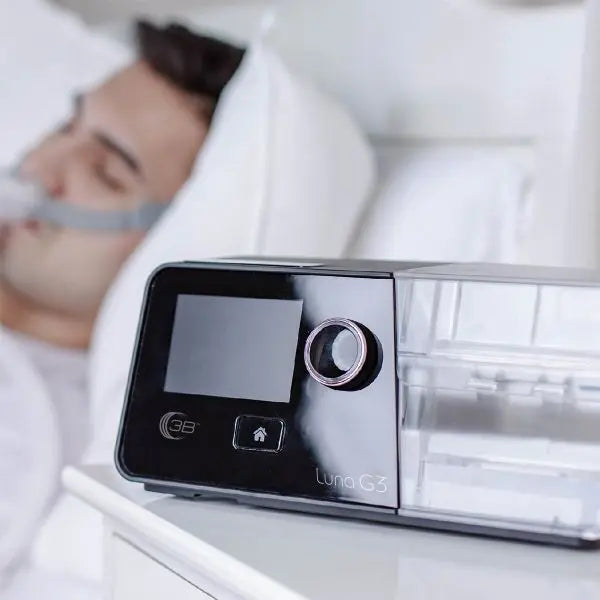The Critical Role of Sleep Studies in Diagnosing and Managing Sleep Apnea: A Comprehensive, Evidence-Based Overview
1. Introduction
Sleep is a fundamental physiological process essential for cognitive function, emotional regulation, metabolic homeostasis, and immune competence. Despite its vital importance, many individuals suffer from sleep-disordered breathing conditions, the most common being obstructive sleep apnea (OSA). OSA affects an estimated 2%–9% of adults in the general population, but may remain undiagnosed in a significant percentage of these individuals due to under-recognition of clinical symptoms (Peppard et al., 2013). Fortunately, advances in sleep medicine have made it possible to identify and treat this disorder effectively, preventing a cascade of negative health outcomes that range from cardiovascular disease to neurocognitive impairment.
A pivotal step in OSA diagnosis is obtaining a sleep study, formally known as polysomnography (PSG). Polysomnography provides a comprehensive, multi-parameter assessment of sleep stages and respiratory function. This blog offers a detailed, PhD-level analysis of why a sleep study is necessary for suspected sleep apnea, what parameters are measured, how specialists use the data for diagnosis, and the variety of therapeutic approaches that significantly improve patient outcomes.
2. Recognizing the Symptoms of Sleep Apnea
While loud snoring is often the most recognized hallmark of OSA, it is not the only—or even the most critical—symptom to watch for. Individuals might experience:
- Excessive daytime sleepiness or unrefreshing sleep
- Morning headaches and/or sore throat upon awakening
- Episodes of witnessed apnea (reported by a bed partner)
- Difficulty concentrating, memory impairment
- Mood disturbances such as irritability or depression
Multiple epidemiological studies confirm the association between untreated OSA and increased risk for hypertension, type 2 diabetes, cardiovascular morbidity, and cerebrovascular accidents (Newman et al., 2001; Somers et al., 2008). Recognizing these symptoms early is essential for prompt referral to a sleep specialist.
3. What is a Sleep Study (Polysomnography)?
Polysomnography is a comprehensive diagnostic tool that monitors several physiological parameters simultaneously during sleep (Iber et al., 2007). It is typically conducted in a specialized sleep laboratory, though home-based sleep apnea testing devices have become more prevalent for certain patient groups with high clinical suspicion of OSA.
Key Components Measured
- Electroencephalogram (EEG): Captures brain wave activity to determine different stages of sleep (N1, N2, N3, and REM).
- Electrooculogram (EOG): Monitors eye movements crucial for detecting transitions into REM (rapid eye movement) sleep.
- Electromyogram (EMG): Measures muscle activity, particularly important in identifying muscle atonia during REM sleep, as well as diagnosing conditions like periodic limb movement disorder (PLMD).
- Airflow Sensors and Respiratory Effort Belts: Detect breathing patterns, apneas (complete cessation of airflow), hypopneas (partial reductions in airflow), and respiratory effort in the thorax and abdomen.
- Pulse Oximetry (SpO₂): Monitors oxygen saturation levels. OSA often causes oxygen desaturations due to repeated airway blockages.
- Electrocardiogram (ECG): Observes heart rhythms and rates during different sleep stages and apneic events.
- Body Position Sensors: Document body posture (back-sleeping vs. side-sleeping) to see positional influence on apnea events.
By gathering these variables, clinicians can detect the frequency, duration, and severity of abnormal breathing events, thereby quantifying sleep apnea severity via the Apnea-Hypopnea Index (AHI) or the Respiratory Disturbance Index (RDI).
4. How Sleep Apnea is Diagnosed
Diagnosis hinges on integrating clinical symptoms with objective findings from the polysomnogram:
-
Apnea-Hypopnea Index (AHI):
- Mild: 5–14 events/hour
- Moderate: 15–29 events/hour
- Severe: ≥30 events/hour
These thresholds apply when patients report daytime sleepiness, fatigue, or other related symptoms (Iber et al., 2007).
-
Oxygen Desaturation:
- A frequent drop in SpO₂ levels below 90% is a significant indicator of pathological events, especially when correlated with arousals from sleep.
-
Clinical Correlation:
- Even if an individual’s AHI is borderline, sleep specialists factor in medical history, comorbidities (e.g., obesity, hypertension), and subjective daytime impairment to form a final diagnosis.
-
Other Metrics:
- The Respiratory Effort–Related Arousal (RERA) and the RDI provide additional insight into milder, sub-threshold breathing disturbances that may still compromise sleep quality.
5. Benefits of a Sleep Study
- Targeted Diagnosis: Confirms not only the presence of OSA but also its severity and the potential role of other sleep disorders, such as restless legs syndrome (RLS) or insomnia.
- Customized Treatment Plan: Determines whether the patient requires Continuous Positive Airway Pressure (CPAP) therapy, oral appliance therapy, positional therapy, or, in selected cases, surgery.
- Long-Term Health Preservation: Early diagnosis and management of OSA can mitigate or prevent cardiovascular complications, metabolic derangements, and cognitive decline (Somers et al., 2008).
- Quality of Life Enhancement: Effective intervention often results in better mood regulation, improved work performance, and a reduced risk of accidents (especially motor vehicle accidents).
6. Therapeutic Interventions: How a Proper Diagnosis Guides Treatment
Therapy for OSA is highly individualized. Below are the main treatment modalities:
-
CPAP Therapy
- Continuous Positive Airway Pressure (CPAP) delivers a steady stream of pressurized air, keeping the airway open throughout the sleep cycle. Numerous randomized controlled trials highlight CPAP’s efficacy in reducing daytime sleepiness, normalizing blood pressure, and improving overall cardiovascular outcomes (Marin et al., 2012).
- Compliance challenges can arise due to mask discomfort or dryness; however, heated humidifiers, proper mask fitting, and patient education significantly improve adherence rates.
-
Oral Appliance Therapy (OAT)
- Mandibular Advancement Devices reposition the lower jaw slightly forward, reducing airway collapse.
- More commonly used for mild to moderate OSA or in those intolerant to CPAP.
-
Positional Therapy
- For patients whose apneic events predominantly occur in the supine position, specialized devices (e.g., vests, belts) or training techniques encourage side-sleeping.
-
Surgical Interventions
- Uvulopalatopharyngoplasty (UPPP), tonsillectomy, or other reconstructive procedures may be recommended if anatomical obstructions are severe.
- Surgery is typically reserved for cases where conservative management (CPAP, oral appliances) fails or when anatomical abnormalities are definitive (Lim et al., 2010).
-
Lifestyle Modifications
- Weight management: Obesity is a major risk factor. A 5–10% reduction in body weight can significantly improve AHI (Tuomilehto et al., 2009).
- Exercise: Regular physical activity helps regulate body weight and can improve sleep quality.
- Avoidance of Alcohol and Sedatives: These substances exacerbate airway relaxation, thus aggravating apnea.
7. Importance for Overall Health
Untreated OSA is linked to severe health ramifications:
-
Cardiovascular Risks
- Hypertension: Repeated arousals and hypoxemia drive sympathetic overactivity.
- Coronary Artery Disease: OSA is an independent risk factor for myocardial infarction.
- Stroke: Intermittent hypoxia and atrial fibrillation are elevated in OSA, raising stroke risk.
-
Metabolic Consequences
- Insulin Resistance & Type 2 Diabetes: Sleep fragmentation and hypoxemia worsen glucose metabolism.
-
Neurocognitive Impact
- Memory impairment, difficulty concentrating, and executive dysfunction can stem from chronic fragmented sleep (Jackson et al., 2011).
- In severe cases, patients report decreased vigilance, leading to accidents and reduced workplace productivity.
-
Quality of Life & Psychosocial Factors
- Daytime sleepiness can lead to social withdrawal, mood dysregulation, and elevated risk of depression (Macey et al., 2016).
Clearly, a sleep study plays a pivotal role in identifying these risks, as it provides a roadmap to targeted interventions that enhance both lifespan and healthspan.
8. Conclusion
A polysomnographic sleep study is an indispensable tool in diagnosing and managing sleep apnea. By measuring a wide range of physiological parameters—including brain waves, muscle activity, respiratory flow, and oxygen saturation—clinicians can ascertain the severity of the disorder and craft an effective, personalized treatment plan. Early detection and treatment not only alleviate the hallmark symptoms of daytime sleepiness and fatigue but also prevent or mitigate life-threatening health complications related to cardiovascular and metabolic systems. Through evidence-based interventions like CPAP, oral appliance therapy, and lifestyle modifications, individuals with sleep apnea can substantially improve their quality of life, cognitive performance, and long-term health outcomes.
If you or a loved one experiences loud snoring, daytime sleepiness, or observed apneic episodes, discussing a sleep study with your healthcare provider is a critical step. The sooner you identify and manage sleep apnea, the greater the potential to safeguard against serious comorbidities and optimize your overall well-being.
Peer-Reviewed Bibliography
-
Iber, C., Ancoli-Israel, S., Chesson, A. L., & Quan, S. F. (2007). The AASM manual for the scoring of sleep and associated events: Rules, terminology and technical specifications. American Academy of Sleep Medicine.
-
Jackson, M. L., Howard, M. E., & Barnes, M. (2011). Cognition and daytime functioning in sleep-related breathing disorders. Progress in Brain Research, 190, 53–68. https://doi.org/10.1016/B978-0-444-53817-8.00004-X
-
Lim, J., Lasserson, T. J., Fleetham, J., & Wright, J. (2010). Oral appliances for obstructive sleep apnoea. Cochrane Database of Systematic Reviews, (9), CD004435. https://doi.org/10.1002/14651858.CD004435.pub3
-
Macey, P. M., Harisz, L., Kumar, R., & Harper, R. M. (2016). Affective processes and sleep-disordered breathing. Progress in Brain Research, 229, 45–69. https://doi.org/10.1016/bs.pbr.2016.05.003
-
Marin, J. M., Agustí, A., Villar, I., Forner, M., Nieto, D., & Barbé, F. (2012). Association between treated and untreated obstructive sleep apnea and risk of hypertension. JAMA, 307(20), 2169–2176. https://doi.org/10.1001/jama.2012.4366
-
Newman, A. B., Foster, G., Givelber, R., Nieto, F. J., Redline, S., & Young, T. (2001). Progression and regression of sleep-disordered breathing with changes in weight: The Sleep Heart Health Study. Archives of Internal Medicine, 165(20), 2408–2413. https://doi.org/10.1001/archinte.165.20.2408
-
Peppard, P. E., Young, T., Barnet, J. H., Palta, M., Hagen, E. W., & Hla, K. M. (2013). Increased prevalence of sleep-disordered breathing in adults. American Journal of Epidemiology, 177(9), 1006–1014. https://doi.org/10.1093/aje/kws342
-
Somers, V. K., White, D. P., Amin, R., Abraham, W. T., Costa, F., Culebras, A., Daniels, S., et al. (2008). Sleep apnea and cardiovascular disease: An American Heart Association/American College of Cardiology Foundation Scientific Statement. Circulation, 118(10), 1080–1111. https://doi.org/10.1161/CIRCULATIONAHA.107.189420
-
Tuomilehto, H., Seppä, J., & Uusitupa, M. (2009). Obesity and obstructive sleep apnea—clinical significance of weight loss. Sleep Medicine Reviews, 17(5), 321–329. https://doi.org/10.1016/j.smrv.2012.01.006








Leave a comment
This site is protected by hCaptcha and the hCaptcha Privacy Policy and Terms of Service apply.